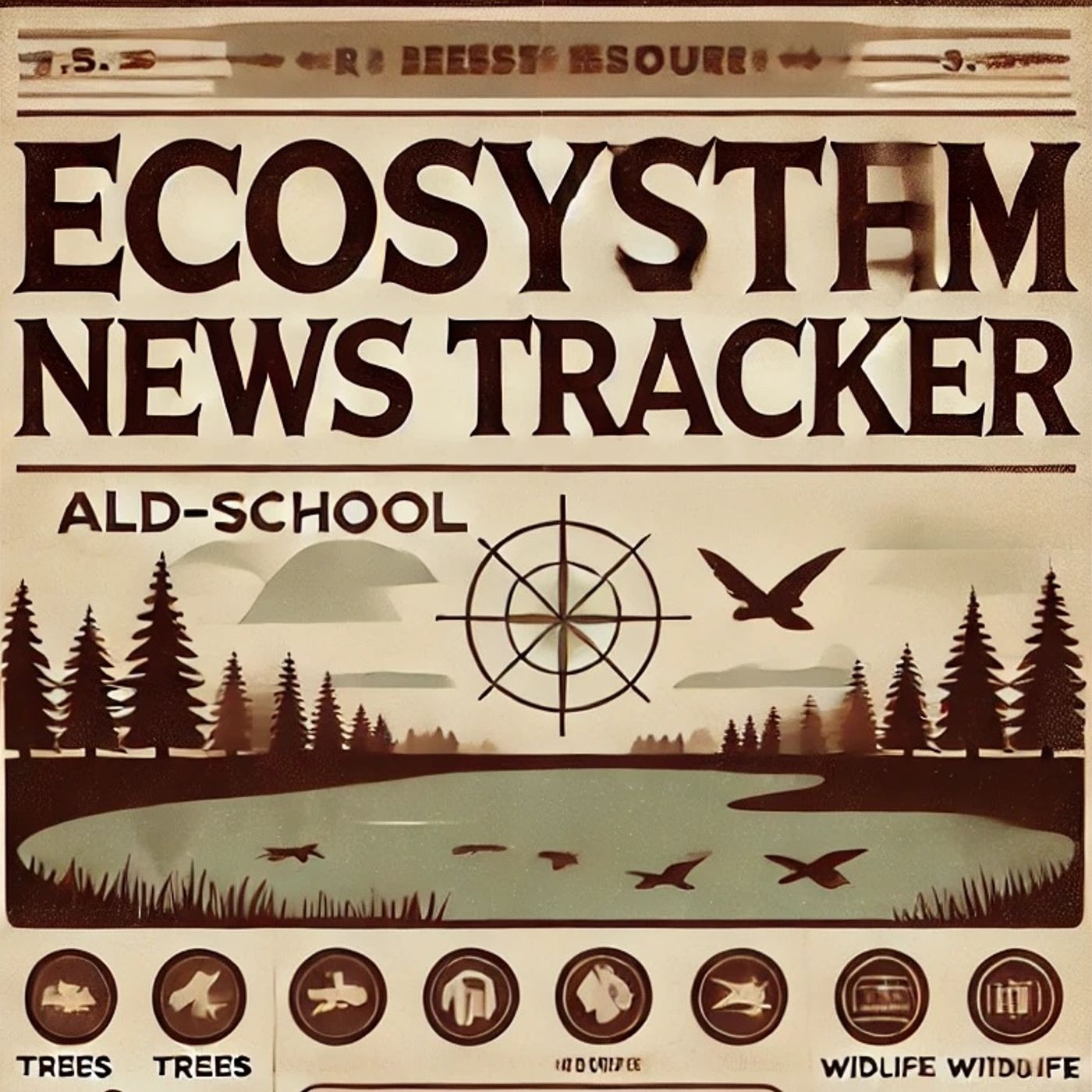Jan 08 2025 3 mins
In recent decades, the sagebrush biome, a crucial ecosystem in the western United States, has faced a significant threat from invasive annual grasses. These opportunistic species, such as cheatgrass (Bromus tectorum), have been spreading rapidly, disrupting native ecosystems, and increasing the frequency and intensity of wildfires. The degradation of native vegetation due to the dominance of these grasses threatens biodiversity, wildlife habitat, and the ecological balance of the region.
A comprehensive study conducted by researchers over the period from 1987 to 2021 has mapped the rates of change in invasive annual grass cover across this biome. The findings highlight alarming trends, with grass cover expanding at unprecedented rates, leading to profound ecological implications. As invasive grasses outcompete native sagebrush and other vegetation, they create highly flammable fuel beds that exacerbate wildfire risks. This not only threatens the sagebrush ecosystem but also challenges firefighting efforts and endangers nearby communities.
The rates of change in grass cover, meticulously documented in this study, provide critical insights into temporal and spatial patterns of invasion. By analyzing these trends, land managers can better strategize control measures to curb the spread of these grasses. Understanding where and how fast these changes occur allows for targeted interventions, optimizing resource allocation in management practices.
One of the significant management implications drawn from this research is the need for a proactive rather than reactive approach. Strategies that prioritize preventative measures—such as reseeding with competitive native species and applying pre-emergent herbicides—can help maintain native plant dominance and reduce the invasive grass footprint. Additionally, early detection and rapid response frameworks can help pinpoint new invasions before they achieve significant foothold, thus limiting their impact.
Moreover, these findings encourage the incorporation of predictive modeling in management strategies. By forecasting potential future invasion hotspots, managers can implement preemptive conservation measures in areas most likely to experience significant grass cover change. The use of remote sensing technology and machine learning models is recommended to enhance monitoring efforts, offering a more dynamic and responsive approach to managing these invasive species.
This research emphasizes the importance of collaboration among scientists, land managers, and policymakers to address the pressing challenge of invasive annual grasses. By leveraging historical data and modern technology, stakeholders can work together to protect and restore the vital sagebrush ecosystem, ensuring its resilience in the face of ongoing ecological pressures.
In conclusion, the documented rates of change in invasive annual grass cover not only underscore the urgency of intervention but also provide a foundation for strategic, informed management actions. The continuing battle against these invasive species calls for innovative approaches and an integrated ecosystem management strategy, aiming to safeguard native biodiversity and mitigate fire risks across the sagebrush landscape. The commitment to such dynamic management practices is essential in preserving this iconic ecosystem for future generations.
A comprehensive study conducted by researchers over the period from 1987 to 2021 has mapped the rates of change in invasive annual grass cover across this biome. The findings highlight alarming trends, with grass cover expanding at unprecedented rates, leading to profound ecological implications. As invasive grasses outcompete native sagebrush and other vegetation, they create highly flammable fuel beds that exacerbate wildfire risks. This not only threatens the sagebrush ecosystem but also challenges firefighting efforts and endangers nearby communities.
The rates of change in grass cover, meticulously documented in this study, provide critical insights into temporal and spatial patterns of invasion. By analyzing these trends, land managers can better strategize control measures to curb the spread of these grasses. Understanding where and how fast these changes occur allows for targeted interventions, optimizing resource allocation in management practices.
One of the significant management implications drawn from this research is the need for a proactive rather than reactive approach. Strategies that prioritize preventative measures—such as reseeding with competitive native species and applying pre-emergent herbicides—can help maintain native plant dominance and reduce the invasive grass footprint. Additionally, early detection and rapid response frameworks can help pinpoint new invasions before they achieve significant foothold, thus limiting their impact.
Moreover, these findings encourage the incorporation of predictive modeling in management strategies. By forecasting potential future invasion hotspots, managers can implement preemptive conservation measures in areas most likely to experience significant grass cover change. The use of remote sensing technology and machine learning models is recommended to enhance monitoring efforts, offering a more dynamic and responsive approach to managing these invasive species.
This research emphasizes the importance of collaboration among scientists, land managers, and policymakers to address the pressing challenge of invasive annual grasses. By leveraging historical data and modern technology, stakeholders can work together to protect and restore the vital sagebrush ecosystem, ensuring its resilience in the face of ongoing ecological pressures.
In conclusion, the documented rates of change in invasive annual grass cover not only underscore the urgency of intervention but also provide a foundation for strategic, informed management actions. The continuing battle against these invasive species calls for innovative approaches and an integrated ecosystem management strategy, aiming to safeguard native biodiversity and mitigate fire risks across the sagebrush landscape. The commitment to such dynamic management practices is essential in preserving this iconic ecosystem for future generations.
